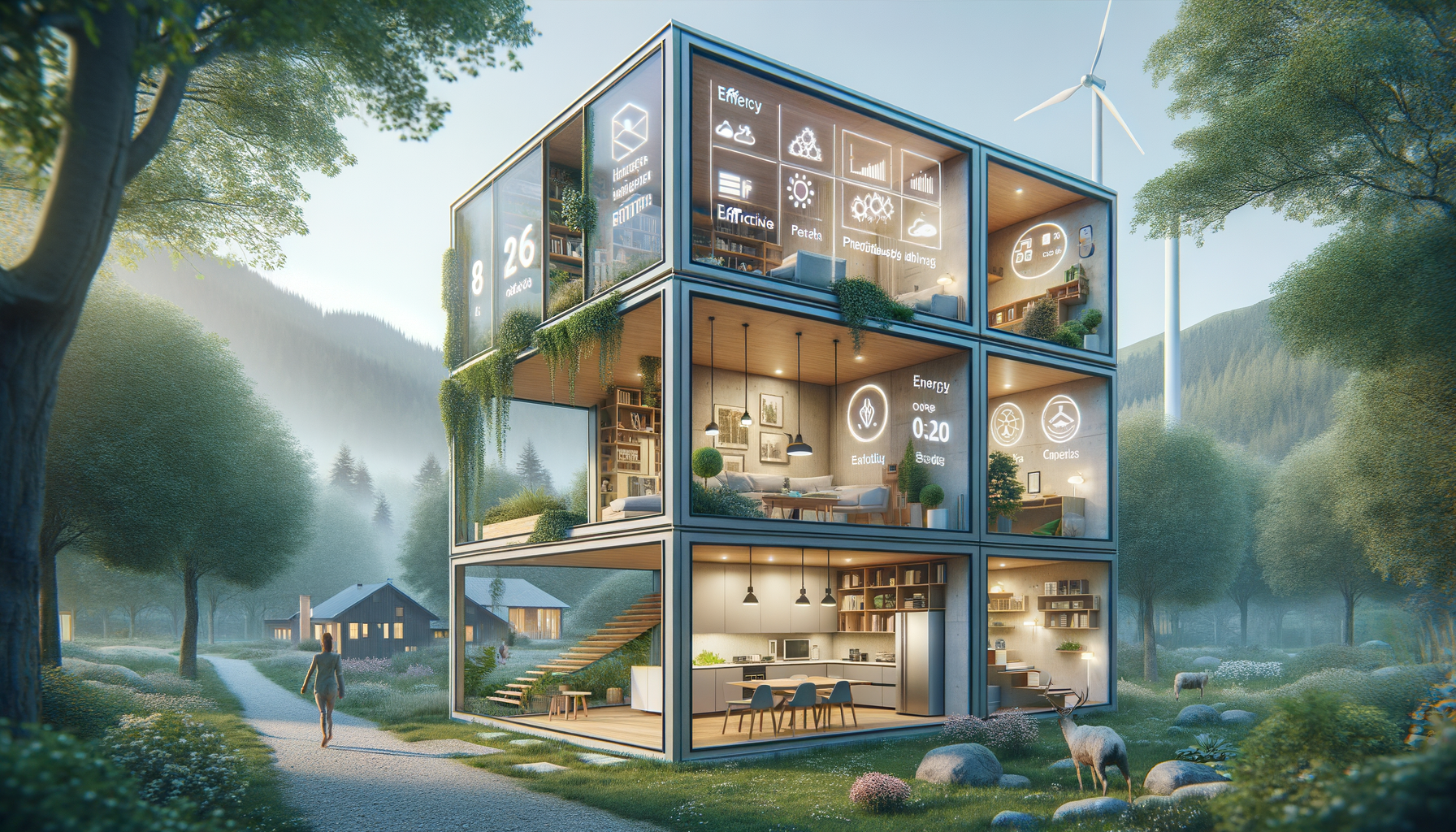
Exploring the World of Prefabricated Homes: Efficiency Meets Modern Living
Introduction to Prefabricated Homes
In recent years, the housing industry has seen a significant shift towards innovative and sustainable building methods. Prefabricated homes, often referred to as prefab homes, have emerged as a popular choice for those seeking efficiency without compromising on modern living standards. These homes are constructed off-site in a factory setting and then transported to the desired location for assembly. This method not only reduces construction time but also minimizes waste and environmental impact.
Prefabricated homes offer a unique blend of affordability, design flexibility, and sustainability. As the demand for eco-friendly and cost-effective housing solutions grows, prefab homes have become a viable option for many. In this article, we will explore the various aspects of prefabricated homes, including their benefits, design options, and the future of this innovative housing solution.
The Benefits of Prefabricated Homes
One of the primary advantages of prefabricated homes is their efficiency. The construction process is streamlined, allowing for faster completion times compared to traditional building methods. This efficiency translates into cost savings for homeowners, as labor and material costs are significantly reduced. Additionally, the controlled factory environment ensures higher quality standards and reduces the likelihood of construction errors.
Another benefit is the environmental impact. Prefabricated homes are designed with sustainability in mind, often incorporating energy-efficient materials and technologies. The reduced construction waste and lower energy consumption during the building process contribute to a smaller carbon footprint, making prefab homes an eco-friendly choice.
Furthermore, prefab homes offer design flexibility. Homeowners can choose from a variety of styles and layouts, customizing their living space to suit their preferences and needs. This adaptability is particularly appealing to those looking to create a personalized home without the lengthy process of traditional construction.
Design Options and Customization
Prefabricated homes are no longer limited to simple, box-like structures. The modern prefab industry offers a wide range of design options, from sleek, contemporary styles to more traditional aesthetics. Homeowners can select from various floor plans, finishes, and fixtures, ensuring that their home reflects their personal taste and lifestyle.
Customization options extend beyond aesthetics. Many prefab homes are designed with smart home technology, allowing residents to control lighting, temperature, and security systems remotely. This integration of technology enhances the convenience and comfort of living in a prefabricated home.
Moreover, prefab homes can be tailored to accommodate specific needs, such as accessibility features for individuals with disabilities or energy-efficient systems for those prioritizing sustainability. This level of customization ensures that prefabricated homes can meet the diverse requirements of modern homeowners.
The Future of Prefabricated Homes
The future of prefabricated homes looks promising as advancements in technology and materials continue to evolve. The industry is poised for growth, driven by the increasing demand for affordable and sustainable housing solutions. Innovations in 3D printing and modular construction are paving the way for even more efficient and cost-effective prefab homes.
As urban areas become more densely populated, prefabricated homes offer a solution to the housing shortage. Their quick assembly and minimal site disruption make them ideal for urban infill projects and remote locations where traditional construction may be challenging.
Furthermore, the growing awareness of environmental issues is likely to boost the popularity of prefab homes. As more people seek to reduce their carbon footprint and embrace sustainable living, the prefabricated housing market is expected to expand, offering a range of options that cater to different lifestyles and budgets.
Conclusion: Embracing Prefabricated Homes
In conclusion, prefabricated homes represent a harmonious blend of efficiency and modern living. Their ability to provide affordable, sustainable, and customizable housing solutions makes them an attractive option for a wide range of homeowners. As the industry continues to innovate and expand, prefabricated homes are likely to play a significant role in the future of housing.
For those considering a new home, exploring the world of prefabricated homes may offer the perfect balance of practicality and style. Whether you’re drawn to their environmental benefits, cost savings, or design flexibility, prefab homes present a compelling alternative to traditional construction methods.